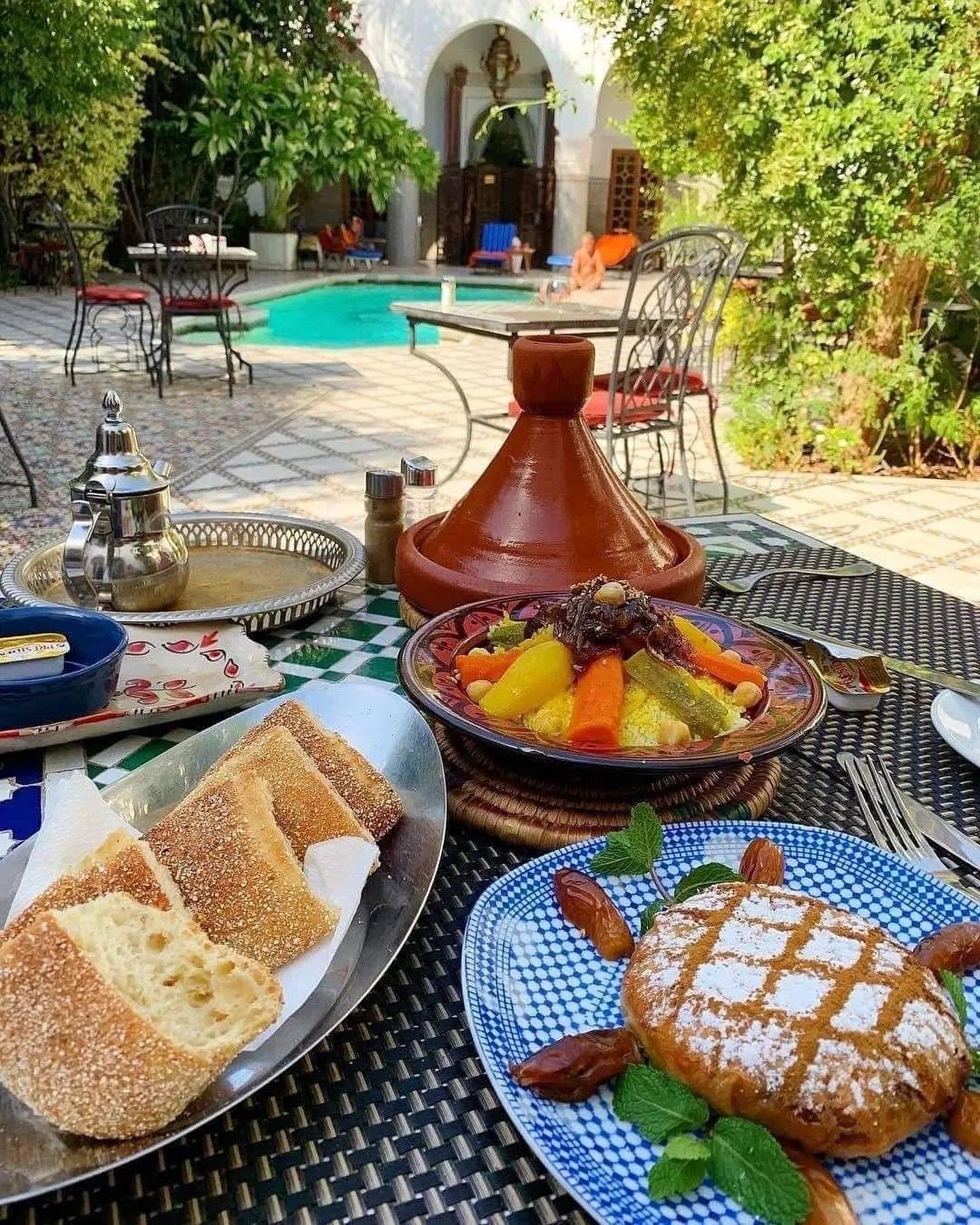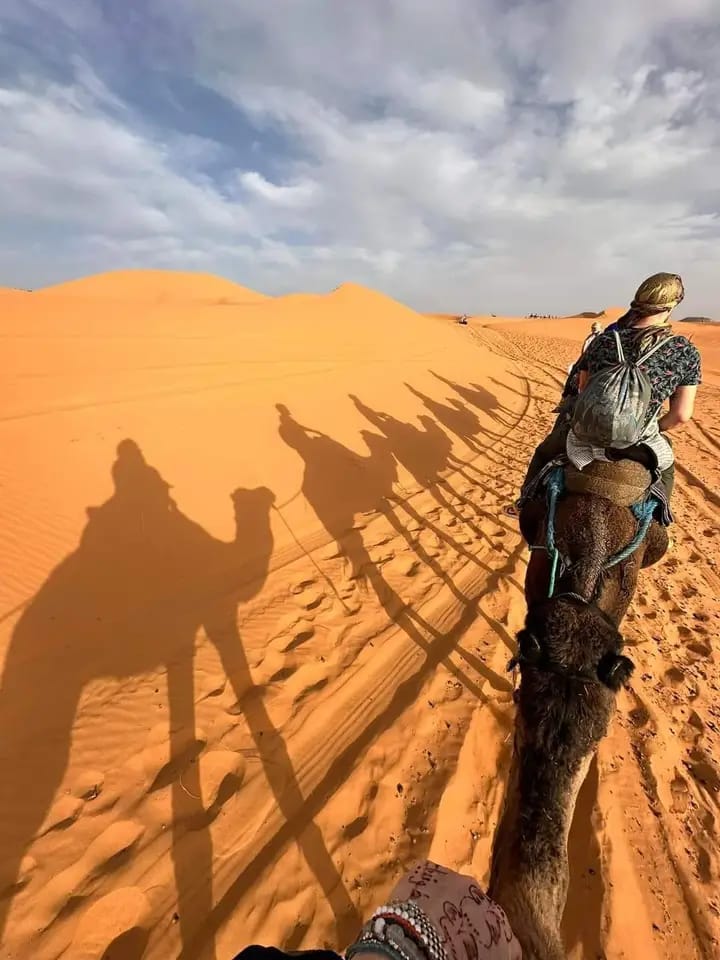Discover the Magic of Morocco: Authentic Experiences with Locals
Embark on an unforgettable journey through Morocco, where authentic experiences and local culture blend seamlessly to offer you a holiday like no other. Dive into the heart of Moroccan life with a home-stay that allows you to share meals and traditions with a local family. This



